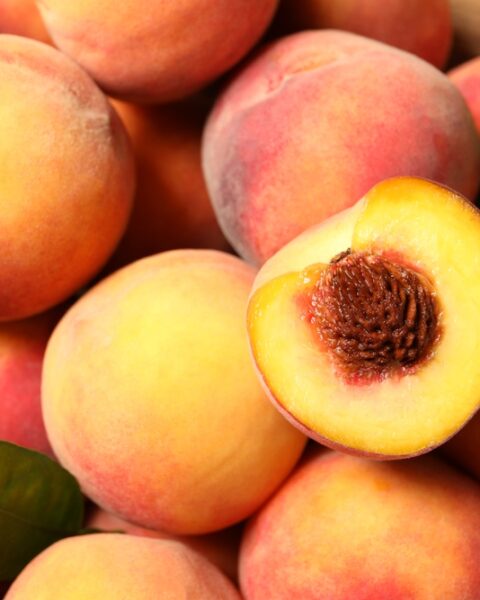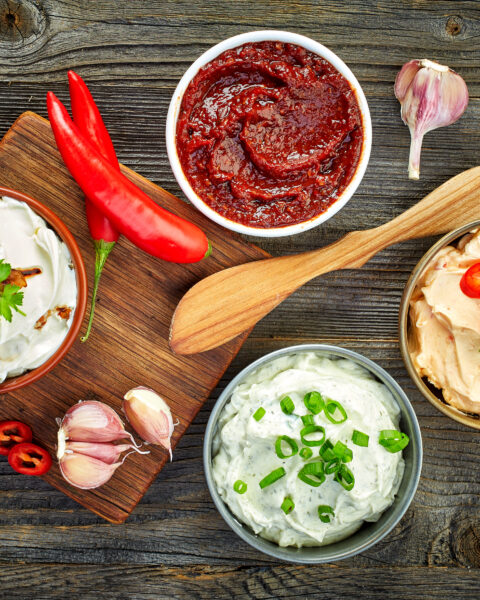The cost of groceries is always a concern for consumers, and unfortunately, some products are expected to see a significant price increase in the coming years. In this article, we’ll explore 10 grocery products that are predicted to skyrocket in price in 2024. From staple items to luxury goods, these products are likely to become more expensive due to a variety of factors, including supply chain disruptions, climate change, and changing consumer preferences. By staying informed about these potential price increases, you can make informed decisions about your grocery shopping and budget accordingly. So read on to discover which grocery products are likely to become more expensive in the near future.
Contents
Coffee

Climate change, specifically increasing temperatures and erratic rainfall, is affecting coffee-producing regions. This makes it harder for coffee farmers, particularly in countries like Brazil and Colombia, to produce their regular yields. Consequently, if the demand remains steady or increases, the reduced supply can drive up prices.
Avocados

The avocado’s popularity has been booming worldwide, especially in North America and Europe. Given the water-intensive nature of avocado farming, coupled with water shortages in key producing areas like California and Mexico, prices may rise due to decreased production and increased demand.
Wheat Products (Bread, Pasta)

Extreme weather events, whether droughts in Europe or floods in Asia, can affect wheat yields. As a staple ingredient in many foods, any fluctuation in wheat production can impact prices on a global scale.
Chocolate

Cacao, the primary ingredient in chocolate, is grown in very specific tropical regions. Rising temperatures and changing weather patterns threaten these areas. Moreover, there’s increasing demand for dark chocolate, which uses more cacao. Both factors combined could push chocolate prices up.
Dairy Products
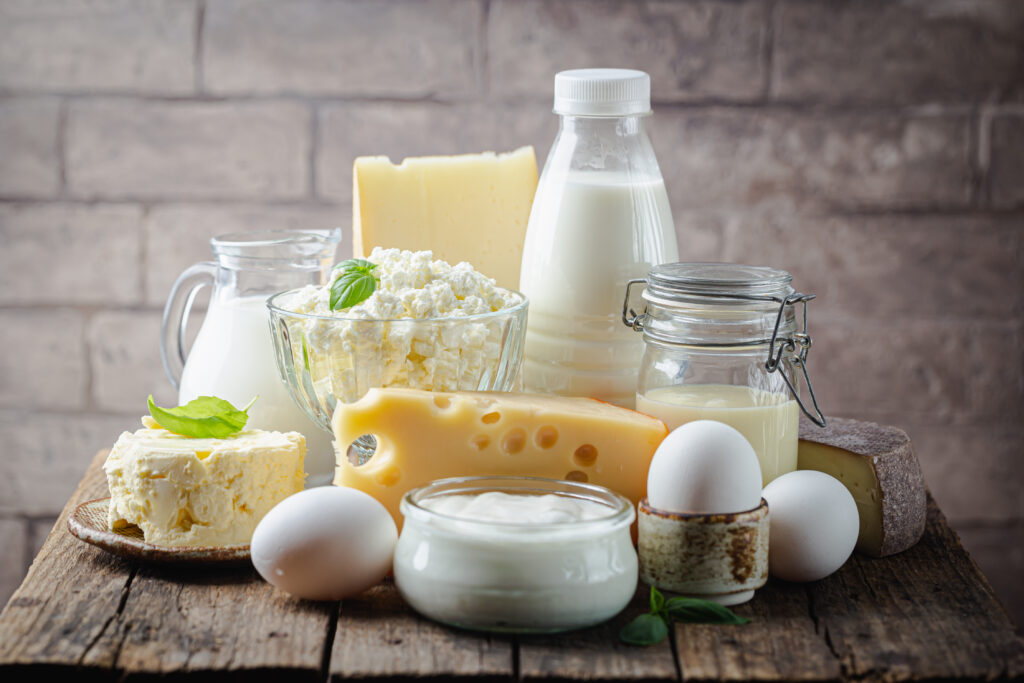
As feed prices increase due to unpredictable weather patterns and potential supply chain issues, dairy farmers face higher costs. These costs are often passed on to consumers in the form of higher prices for milk, cheese, and other dairy products.
Seafood
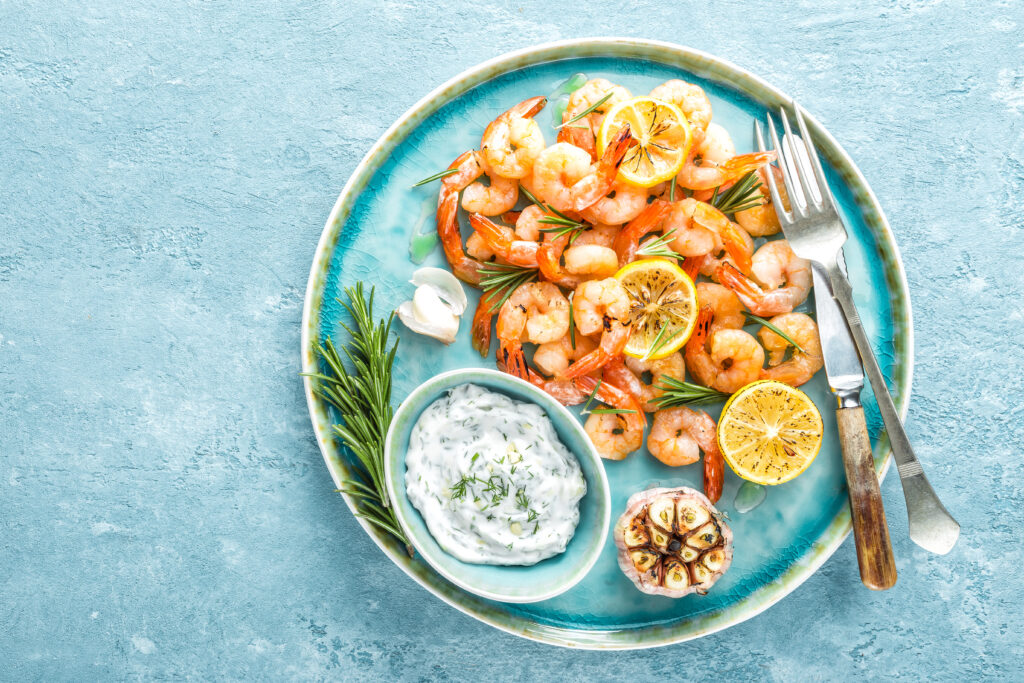
Overfishing and ocean temperature changes have led to decreased fish populations in certain areas. Additionally, ocean acidification can impact shellfish. Both factors contribute to potential price rises in seafood products.
Beef
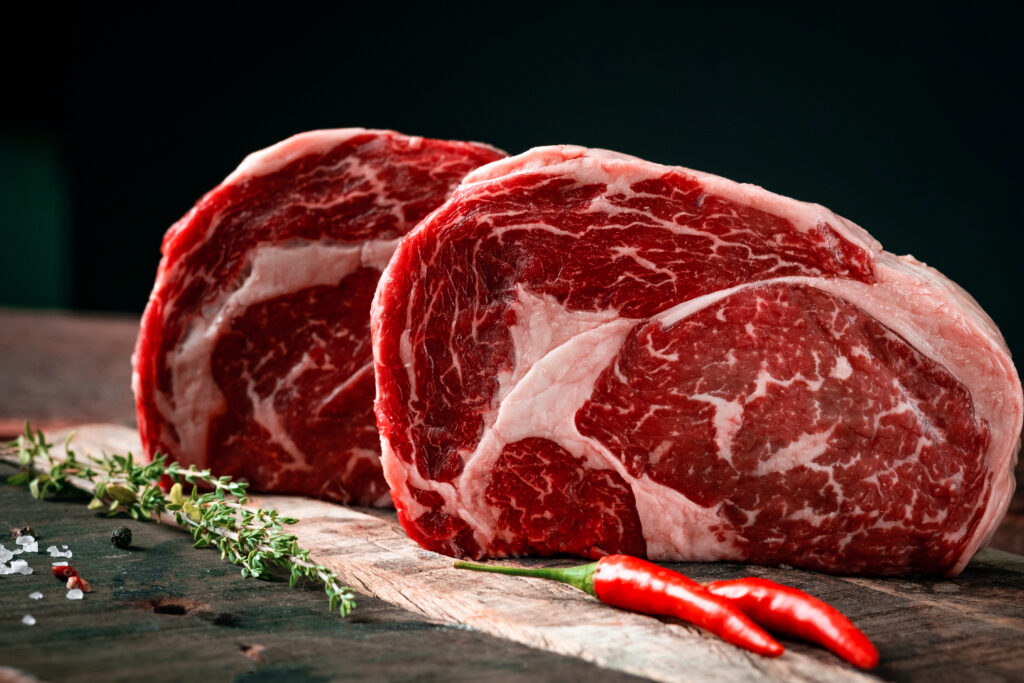
As the global middle class expands, the demand for meat, especially beef, increases. Coupled with the fact that beef farming is resource-intensive, requiring vast amounts of water and feed, prices are set to rise, especially if there are disruptions in these resources.
Nuts (especially almonds and cashews)

Like avocados, almond farming is water-intensive. With water becoming a scarcer resource in places like California, which produces a significant portion of the world’s almonds, prices might go up. Cashews face a different issue: labor-intensive harvesting and processing, with potential disruptions in the labor chain leading to price hikes.
Olive Oil
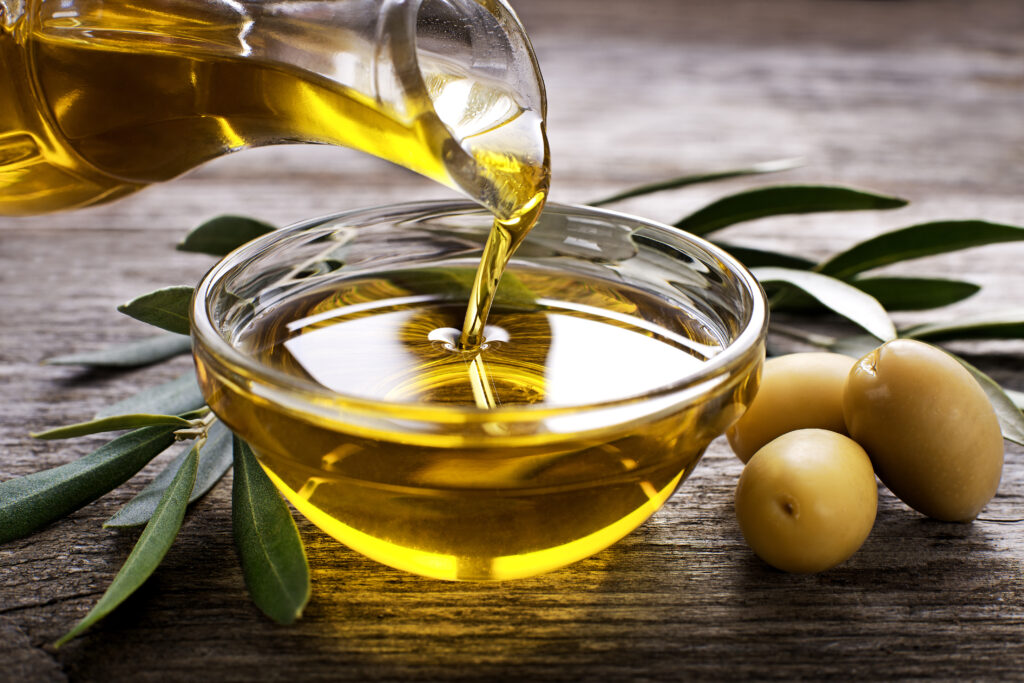
Extreme weather events and pests have impacted olive production in key regions like Spain, Italy, and Greece. Given the global demand for this healthy oil, any production drop could lead to increased prices.
Poultry
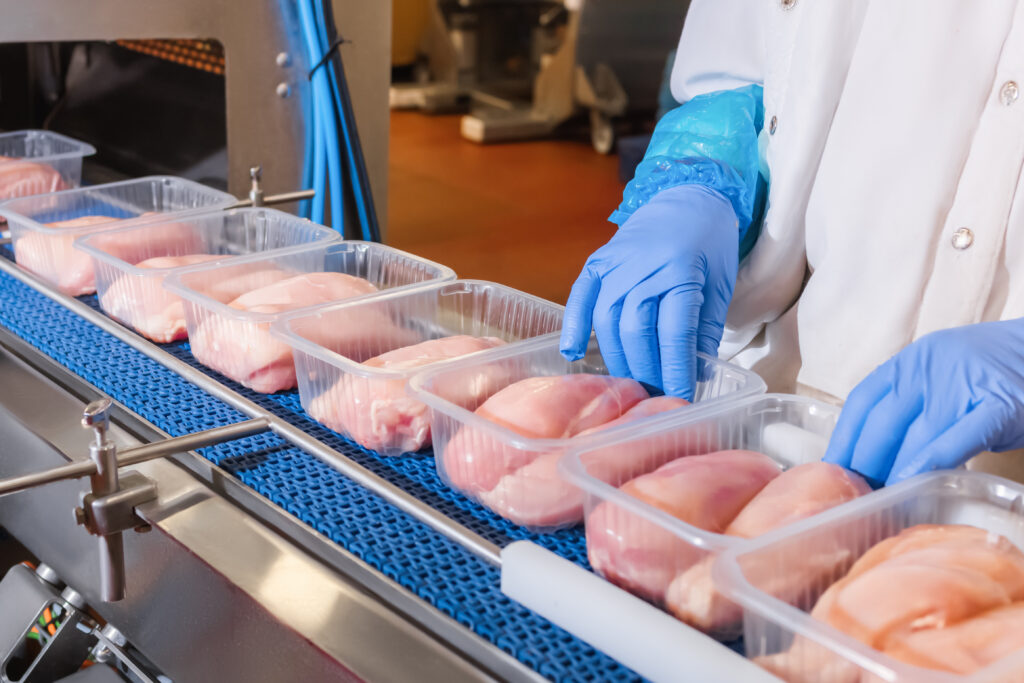
The global poultry industry has faced multiple challenges, from avian flu outbreaks to increased feed prices. As the demand for poultry remains high, any supply chain issues or increased production costs might be passed on to consumers.
This article originally appeared on RetailShout
More From RetailShout
10 Mistakes To Avoid In The Freezer Aisle

Next time you’re hitting up the grocery store, let’s talk about something we often overlook the freezer aisle. It’s packed with convenient and delicious options, but there are some common mistakes that can trip you up. Read More.
10 Purchases You Should Always Make with Cash

Handling money can be tricky, especially with all the digital payment options available today. However, there are certain situations where paying with cash is still the best way to go. Cash can save you money on fees, help you stick to a budget, and make transactions smoother and faster. Read More.
16 Creative Upgrades for Your Breakfast Sandwich

Breakfast sandwiches are a fantastic way to start the day, but sometimes the same old routine can get a little boring. If you’re looking to shake things up and add some excitement to your mornings, I’ve got some great tips for you. Read More.





